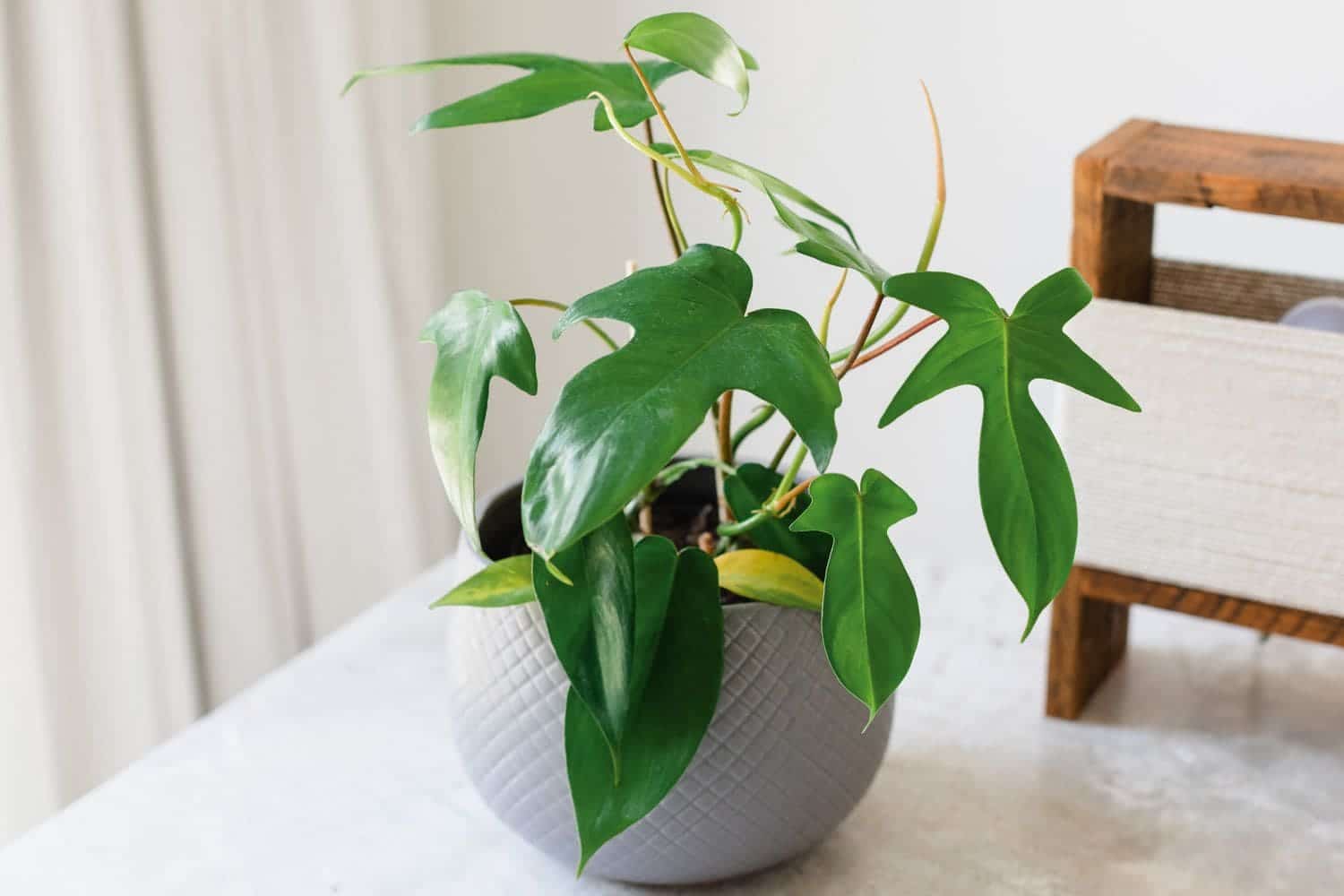Introduction
Silver squill, also known as Ledebouria socialis, is a striking plant that has captured the hearts of indoor plant enthusiasts worldwide. Originating from South Africa, this resilient plant is prized for its unique appearance and ease of care.
Understanding Silver Squill
Physical Description
The silver squill boasts elongated, succulent leaves that feature mesmerizing silver-green patterns. Its bulbous base adds to its charm, making it a standout addition to any indoor garden.
Growing Conditions
To thrive, silver squill requires well-draining soil and indirect sunlight. It can tolerate a range of temperatures but prefers warmth during the growing season.
Varieties
While Ledebouria socialis is the most common variety, there are other species and cultivars available, each with its own distinctive features and growth habits.
Benefits of Silver Squill
Air Purification
Like many indoor plants, silver squill helps improve air quality by absorbing toxins and releasing oxygen, creating a healthier indoor environment.
Ornamental Purposes
Beyond its air-purifying properties, silver squill serves as a stunning ornamental plant, adding texture and visual interest to any space with its unique foliage.
Medicinal Uses
In traditional medicine, certain parts of the silver squill plant are believed to have medicinal properties, ranging from treating respiratory ailments to aiding digestion.
Caring for Silver Squill
Light and Temperature Requirements
Place your silver squill in a location with bright, indirect sunlight to promote healthy growth. Maintain temperatures between 65-75°F (18-24°C) for optimal development.
Watering and Soil Needs
Water your silver squill sparingly, allowing the soil to dry out between waterings to prevent root rot. Use a well-draining potting mix to ensure adequate drainage.
Propagation Techniques
Silver squill can be propagated easily through offsets or leaf cuttings. Simply remove the offsets or leaf cuttings and plant them in a separate container with well-draining soil.
Common Issues and Solutions
Pests and Diseases
Keep an eye out for common pests such as spider mites and mealybugs, which can infest silver squill plants. Treat infestations promptly with insecticidal soap or neem oil.
Yellowing Leaves and Drooping
Yellowing leaves and drooping can indicate overwatering or inadequate light. Adjust your watering frequency and move the plant to a brighter location to address these issues.
Root Rot and Overwatering
Overwatering can lead to root rot, a common issue with indoor plants. To prevent root rot, allow the soil to dry out between waterings and ensure proper drainage.
FAQs about Silver Squill
- How often should I water my silver squill?
- Can silver squill survive low light?
- How do I propagate silver squill?
- Why are the leaves of my silver squill turning yellow?
- Is silver squill toxic to pets?
- How tall does silver squill grow?
Conclusion
In conclusion, the silver squill is a captivating plant that offers both aesthetic beauty and practical benefits. By understanding its growing requirements and addressing common issues, you can enjoy the elegance of this remarkable plant in your own indoor garden.





